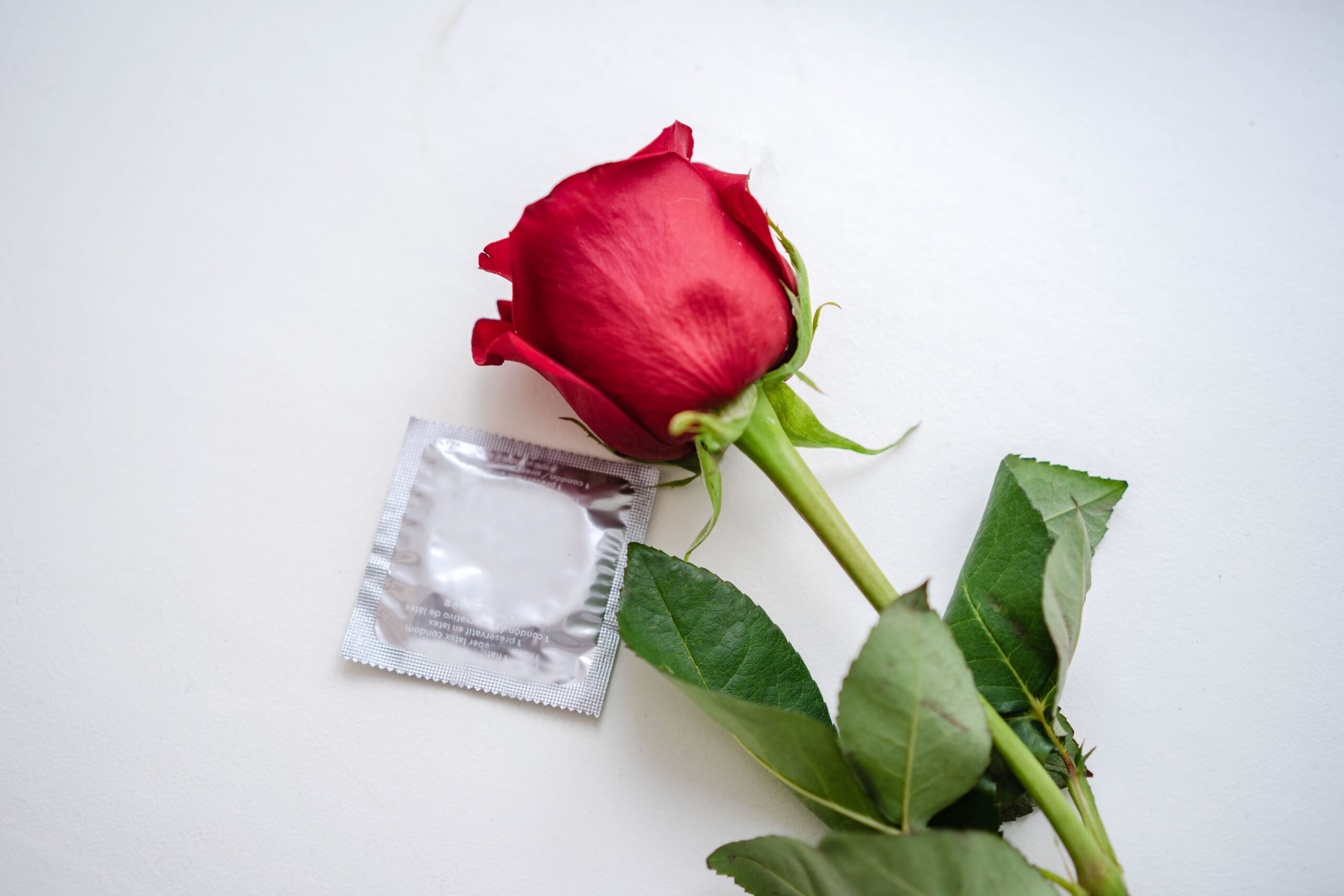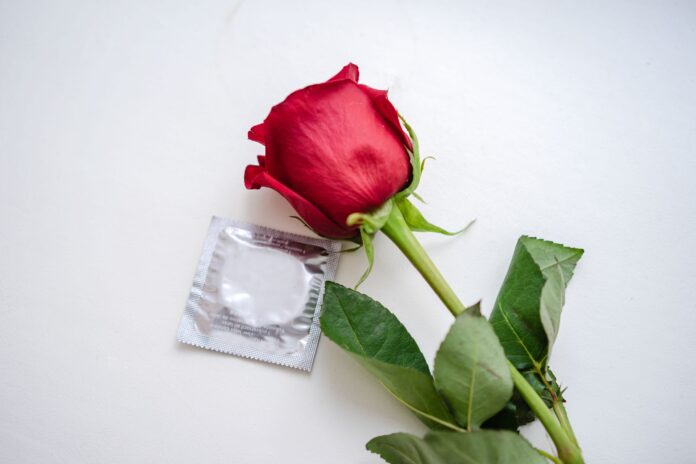By Alex Odongo
Nairobi, Kenya: As Kenyans joined the World in marking World AIDS Day on December 1st, 2022, another crisis looms which if not addressed urgently the country risks losing the gains it made in the fight against HIV.
Condoms are central to the country’s efforts to prevent the spread of HIV and other sexually transmitted diseases such as gonorrhea and chlamydia.
While the country needs 455 million condoms annually, the govt of Kenya is able to provide only 19.2 million. Condom dispensers are empty and public hospitals ran out long ago.
Most public health facilities including hotels, offices, and restaurants are also facing an acute shortage of free condoms.
The shortage has been attributed to high taxes imposed by the government on importation. Consequently, suppliers are refusing to provide condoms to be distributed for free in the country.
This situation is quite disturbing considering the fact that we are already in the December festive season when most Kenyans are taking a holiday from work to reunite with their relatives and friends. A lot of partying commonly referred to as “Kupiga sherehe” sometimes accompanied by sexual escapades takes place during these festivities.
It is also during this long holiday for school-going students that cases of teen pregnancies rise. Teens have invented clever ways of tricking their parents/guardians that they are attending their friends’ “birthday parties” which normally turn out to be well-planned sessions to engage in random sexual orgies.

This situation might be aggravated by the shortage of condoms resulting in an increase in sexually transmitted infections and teenage pregnancies.
According to the latest statistics from the Ministry of Health, about 34,000 new HIV infections are recorded annually in Kenya. Since the year 2020, there’s been an increase in the number of cases, especially among sex workers and teenagers between the ages of 19- 29 years.
The global HIV response is in danger, even as HIV remains a major public health issue that affects millions of people worldwide. Over the last few years, progress toward HIV goals has stalled, resources have shrunk, and millions of lives are at risk as a result.
Globally, 70% of new HIV infections are among people who are marginalized and often criminalized. We can only end AIDS by scaling up HIV services and removing structural barriers & stigma and discrimination of key populations in every country.
This year’s theme for World AIDS Day was “Rock the Ribbon.” The commitment aimed to stop new cases of HIV, secure the rights of people living with HIV, and fight HIV stigma and discrimination.
So, where are the condoms?














